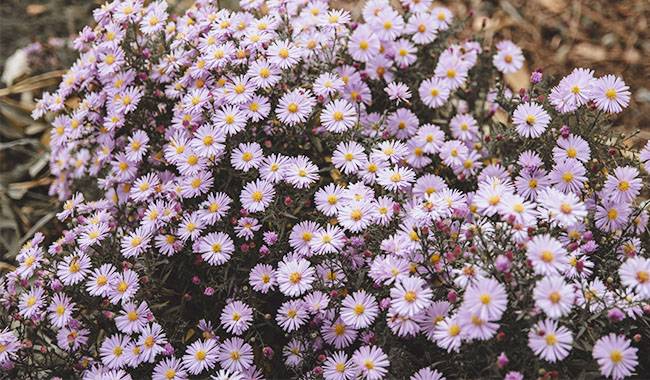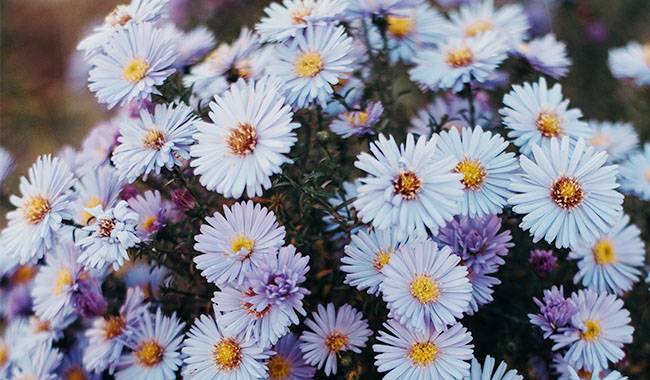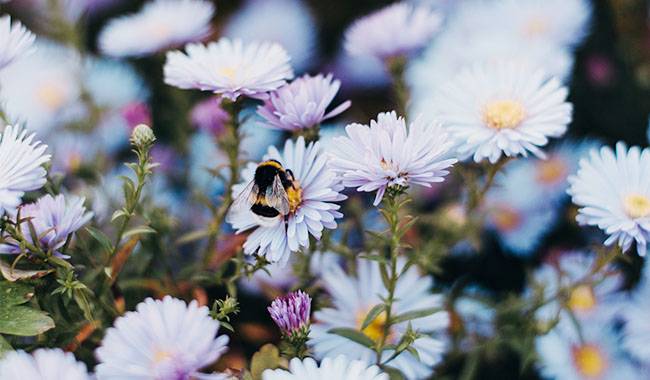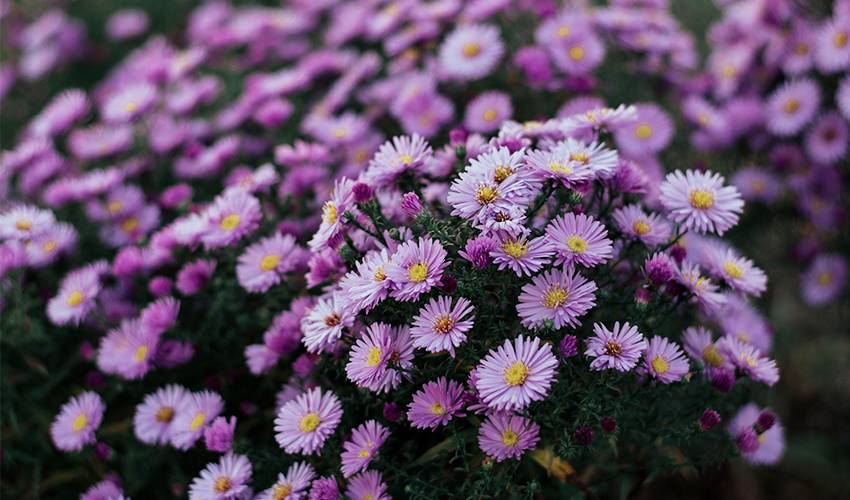
How to care for Asters? We are standing in front of Aster. So many people like it, especially when it is planted in September. And in general, Aster has a long flowering period and decorates the garden very well.
But unfortunately, they have an unpleasant feature – suddenly they start to fade, along with the buds. Sometimes it is a huge phenomenon that this whole little flower bed… It can literally all die within a few days.
So now let’s discuss why this is happening and how to avoid it
The culprit is again, as always, a fungal disease, and we have a lot of fungal diseases on all crops. So you need to be prepared and take prompt action. There should always be some fungicide on hand to treat our plants.
Here stands the good flower, and this plant, trouble has happened. He started to rot, dead buds, which started to bloom, couldn’t bloom, all wilted. And here is a completely withered plant.
I purposely left it to show the progression of the disease. It’s called Fusarium wilt. Not only Aster is affected by this, but this year many Aster are severely affected, so I had to pull out almost all the plants.
The disease is spread through the soil, so Aster (and Aster too) must change its planting location. Under no circumstances should they be planted in the same place.
WHAT TO DO WITH DISEASED PLANTS
Simply pull them out of the ground. It is necessary to dig them out with a root ball and disinfect the place entirely (the plant is completely rotten, has no roots, and is all wilted).
Why has this disease not spread further – I admit – I have treated and sprinkled it here with a fungicide (in this case base oil was used) on Aster, so the plants nearby still seem to survive to me.
And this is the spot where you dug up this plant, be sure to drench it with a fungicide solution.
If you get this disease, it’s very damaging, it spreads and stays in the soil for a long time as a pathogen, and if you’ve literally gotten all the soil infected, wherever you try to grow Aster, everywhere they die – what to do in this case if you still love your Aster.
There is a way to heat treat the soil (some sources write about it): sprinkle the soil with kerosene and set it on fire. Especially such an action is not to be taken.
For example, I planted my Aster in the fall and spring where I burned the garbage. deliberately I took this garbage (plant residue) here to the place where I intend to plant Aster next year. I burn this trash there. In the spring, I brought this garbage there again.
The soil gets nicely baked. This is the place where Aster can be planted. It has been proven that they get less disease. Our neighbor’s aster has more of this disease.
Aster, I say, also suffers. Therefore, such a measure is reasonable. That is, after the fire, you have to plant your Aster.
If they get the disease, do not expect to keep Aster developing by cutting off the diseased shoots. No, as practice shows, the plant starts to wilt, disappear, die. And infect other plants through the soil.
Therefore, do not let it go, dig it up and move it, together with a piece of soil, to a fire or a bucket, where you burn all the residual plant disease and sprinkle it with fungicides.
If you take these steps: spray fungicide after the bonfire and change the planting site to soil, you will have beautiful, good Aster that will keep you satisfied all fall.






